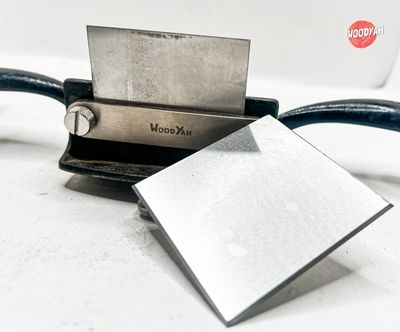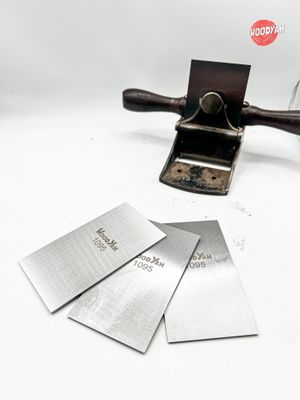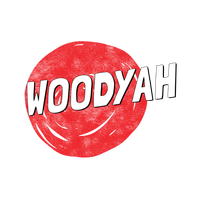Thanks for the Mention @ Wood by Wright! The Highly Anticipated Screw Sample Pack Is Now Available
Hand Plane vs Scraper for Removing Paint | Beginner Woodworking Guide

Hand Plane vs Scraper to Remove Paint
If you’re new to woodworking or just cleaning up an old dresser, picture frame, or reclaimed board, you might wonder: should I use a hand plane or a scraper to remove paint? My advice is simple—don’t use a hand plane. Here’s why, and what I recommend instead.
Why Not Use a Hand Plane?
Yes, a hand plane will take the paint layer off. But here’s the risk: old furniture and reclaimed wood often have hidden surprises. Think nails, staples, or brads buried just under the surface. The moment your plane iron hits one of those, your blade is damaged. And fixing a nick in a plane blade is a real pain compared to refreshing a scraper edge.
Even new wood isn’t always safe—some big box store boards (yes, even from Home Depot) have metal staples on the ends. That’s why I always keep a handheld metal detector wand around—just like the ones at concerts or clubs. Wave it over your wood before planing or scraping and you’ll save yourself some frustration.
Why Scrapers Are Better
A scraper is made for this kind of job. Instead of risking a precision plane iron, you’re using a flat blade designed to scrape off old finishes, glue, or paint. When it dulls, you just refresh the burr and keep going. Scrapers are cheaper, easier to maintain, and much more forgiving for beginners.
My favorite starter tool is the Stanley No. 80 cabinet scraper. It has two handles so you can pull it toward you with good control, and it’s perfect for flattening out paint, finish, or rough spots. When chatter happens (and it will), just switch to shorter strokes until you find your rhythm. Practice really does make perfect here.
How to Sharpen Scraper Blades
Scraper blades aren’t meant to last forever—think of them as semi-disposable. Here’s my quick routine:
- Grind or file a clean 45° edge on the blade.
- Use a burnisher (or a tool like the AccuBurr) to roll a burr on the edge. This burr is what actually does the cutting.
- Scrape until the burr dulls, then repeat. Simple as that.
Traditionally, scraper blades are sharpened on both the top and bottom—so two cutting edges. But for Woodyah we make Scrapers from 1095 steel, and I like to sharpen all four sides. That means you just rotate the blade when it dulls and keep going. More edges = more work done before you need to resharpen. They’re sharp, durable, and innovative. (Thanks to Charlie E for recommending the steel suggestion that we use—people love it!)
Other Options
Other manufacturers make scraper blades too, and they all work great. But my personal lineup includes the standard Stanley 80 replacement blades and a larger Stanley 112 scraper blade for when you need to cover more surface area. Both are workhorses in the shop.
The Bottom Line
Don’t risk your hand plane blades on paint removal. Scrapers are safer, easier to sharpen, and just plain smarter for the job. Whether you’re restoring a family heirloom or tackling a reclaimed wood project, a scraper will give you control without the frustration. And once you learn how to refresh the burr, you’ll go from beginner to pro in no time.
Tip from the bench: Always scan for metal before you scrape or plane. Your blades (and your wallet) will thank you.
On Sale

Replacement Stanley 80 Scraper Blade
Replacement Stanley 80 Scraper Blade
5.0
(1)
was $29.99
Save 10%
$26.99
On Sale

Replacement Stanley 112 Scraper Blade
Replacement Stanley 112 Scraper Blade
5.0
(3)
was $40.00
Save 18%
$33.00
Powered by Lightspeed
Display prices in:USD

